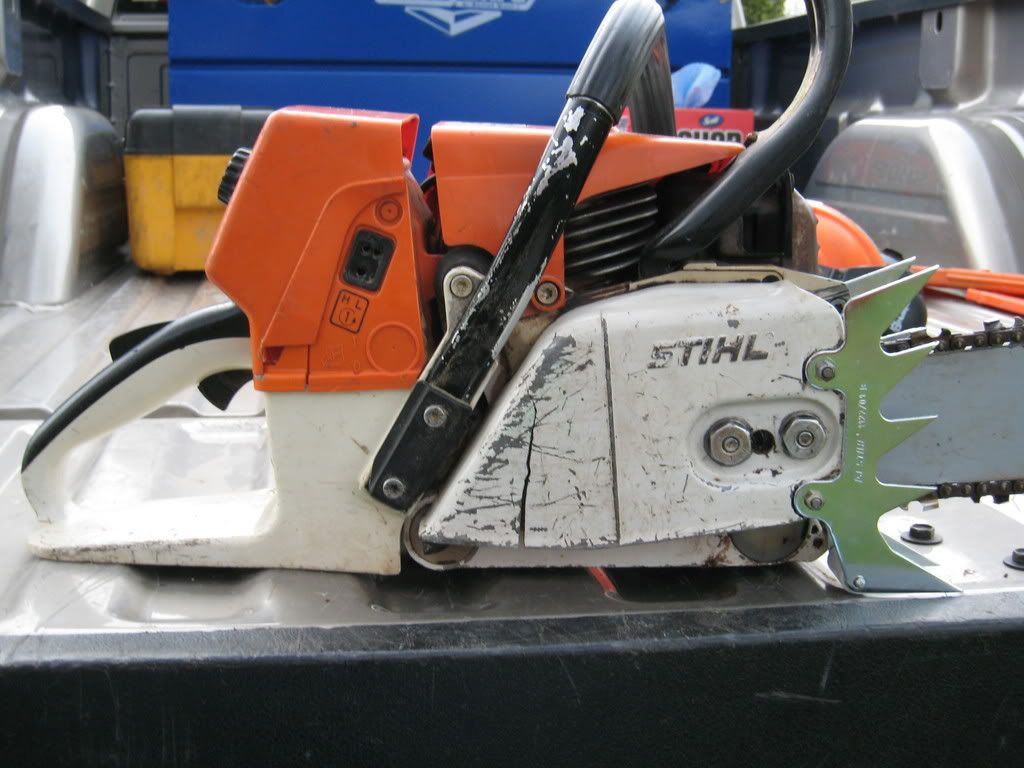Edge & Engine
ArboristSite.com Sponsor
I have always used a 7/32 file on 50 ga chain and if I am hitting the side straps with file then I am putting to much of a hook on cutter tooth and if you put to much hook it will round over and not cut. Also it you use sthil chain, I am not sure if oregon is like this, on the very back of cutter tooth you will see a line on the top of the tooth to help keep your angle true.
Yeah, some Oregon chain has that too. BTW, the chain gauge doesn't determine which file size to use, it's the pitch that determines that.





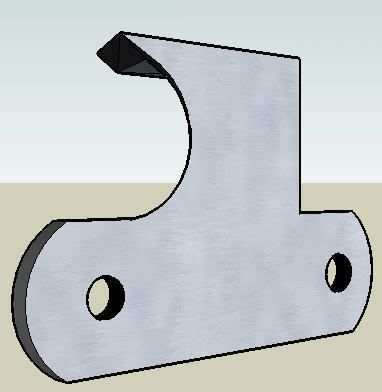
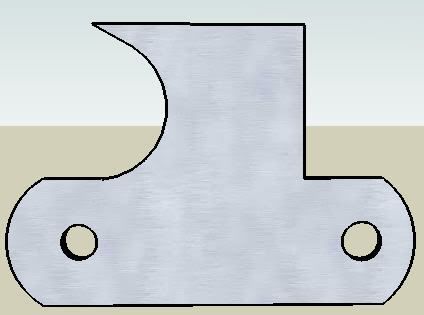
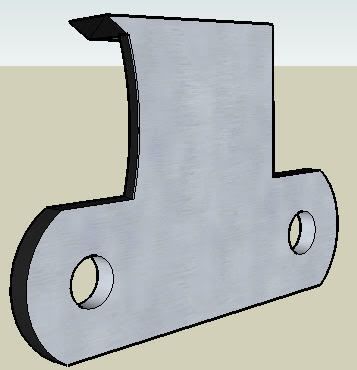
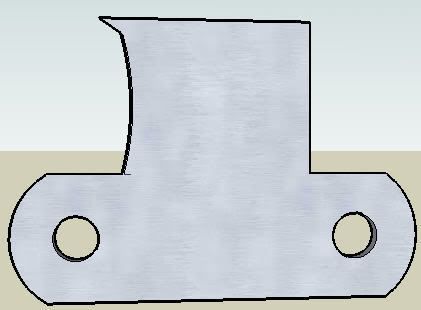
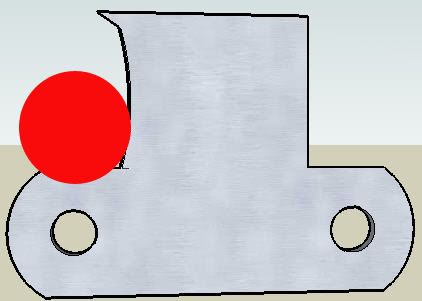

 :greenchainsaw:
:greenchainsaw: